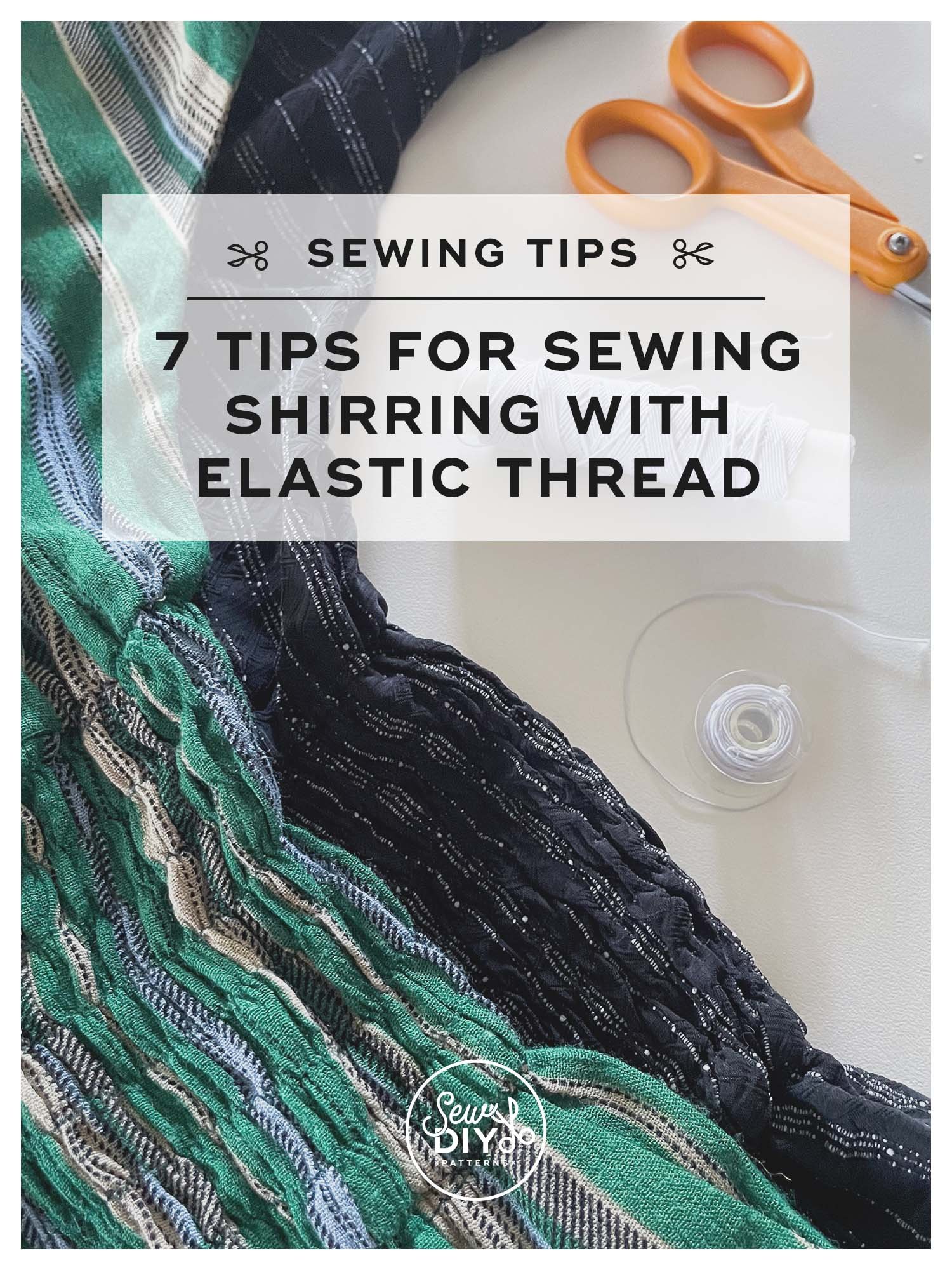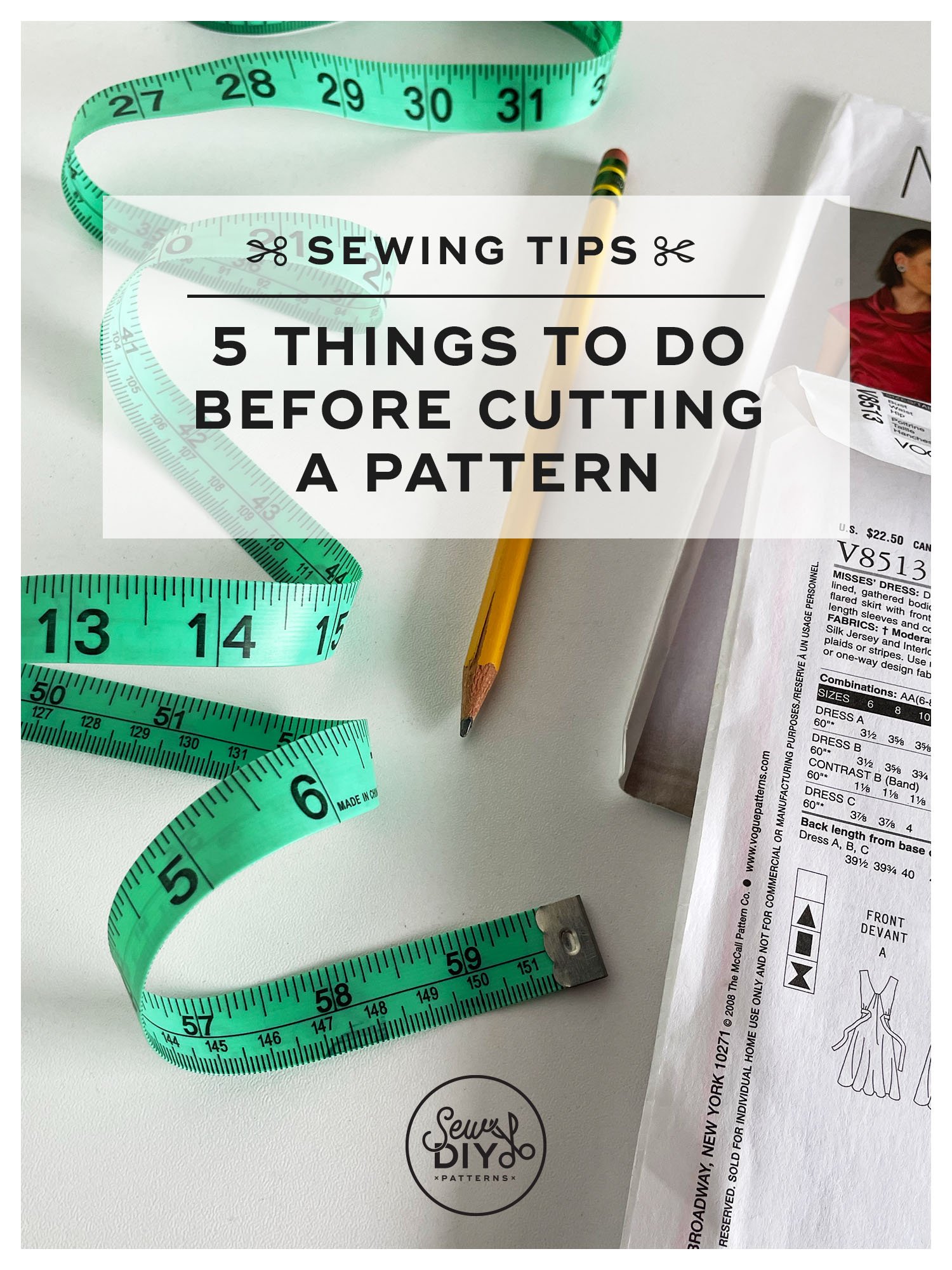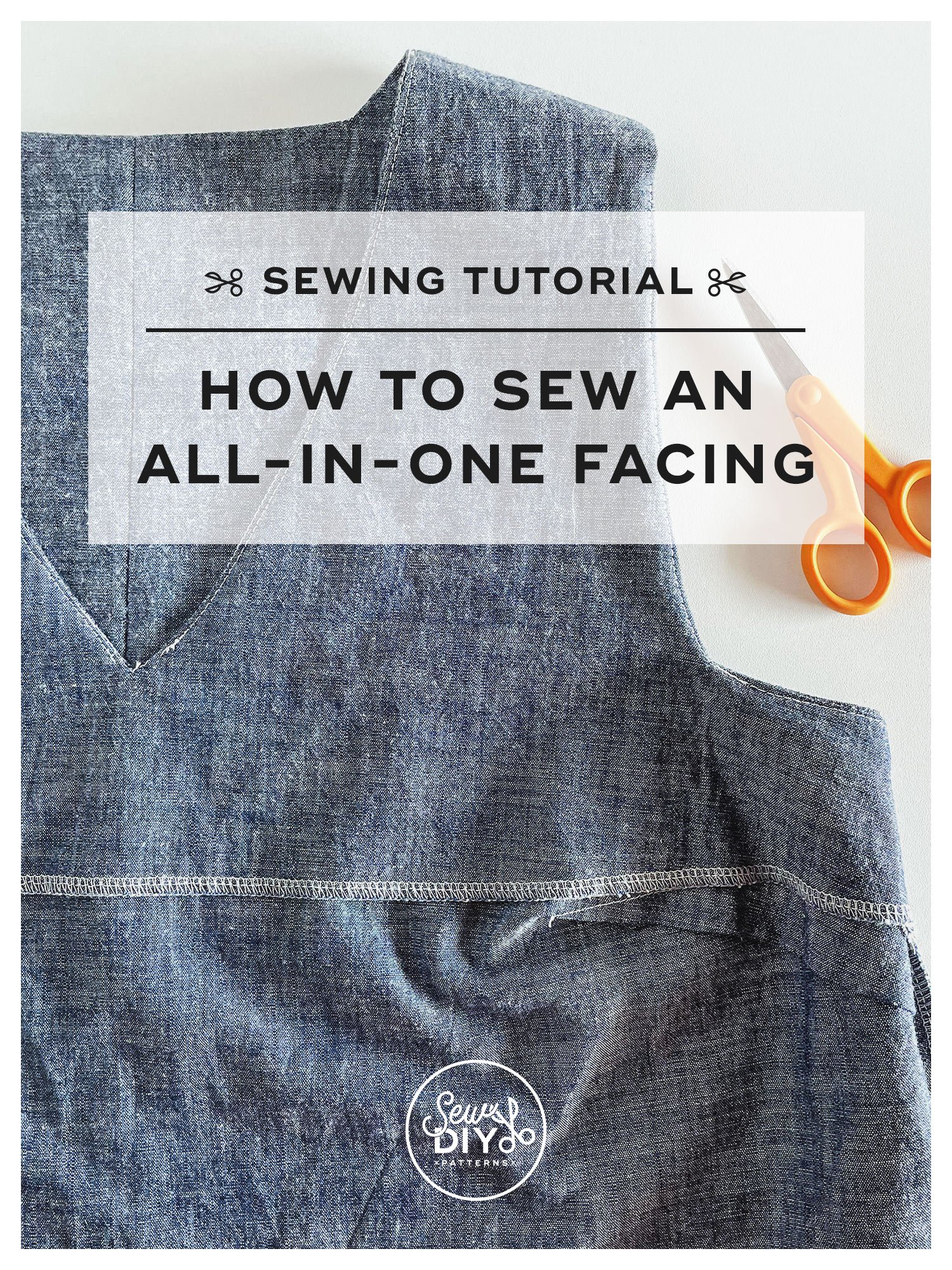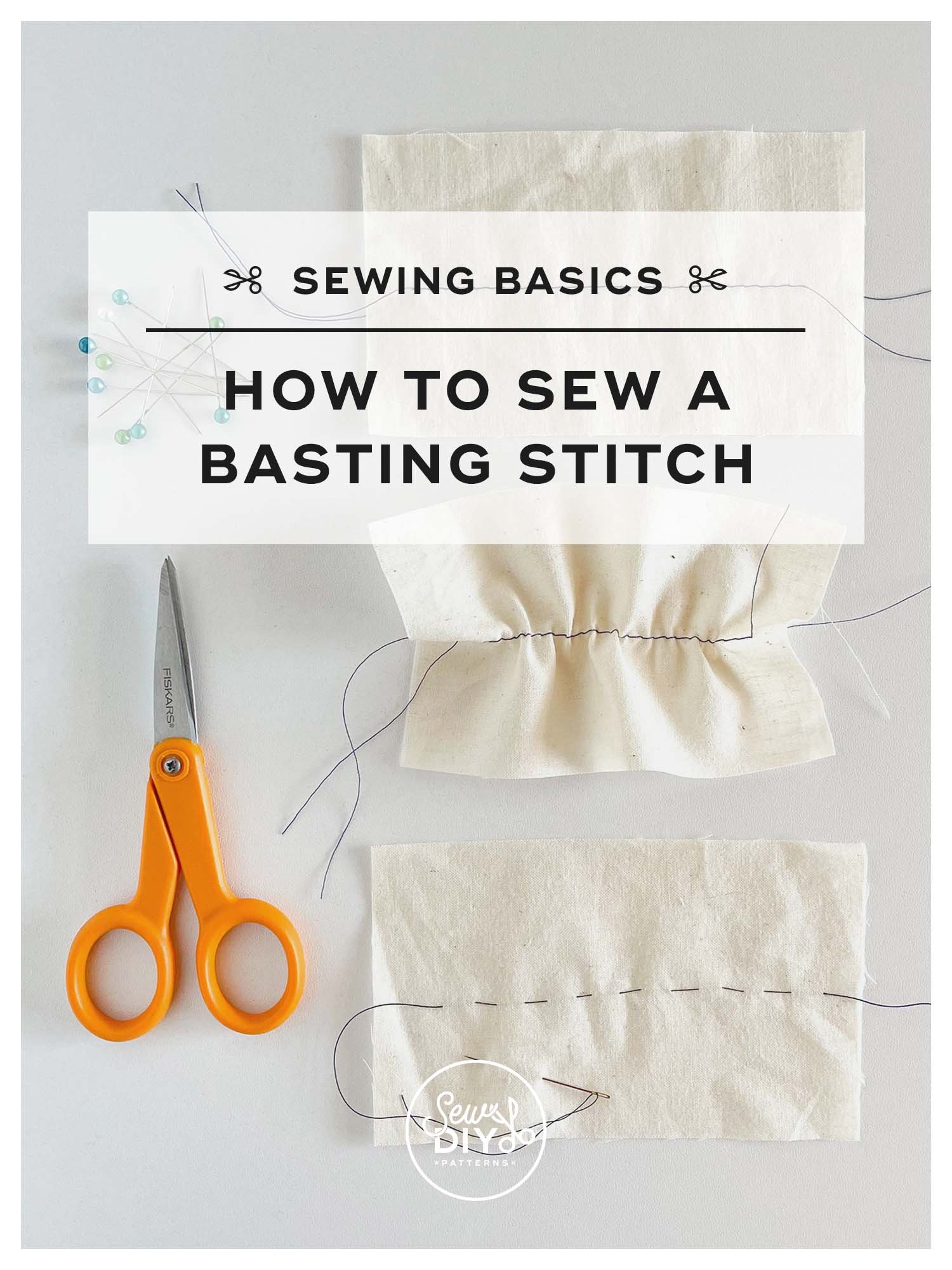Today I’m very pleased to share a few photos from the tester group for the new draft the Lou Box Top. (To learn more about the updates to the pattern, check out yesterday’s post.) Testers are so integral to the pattern design process. I’m eternally grateful for their help. If you are looking for more Lou Box Top inspiration, check out the #louboxtop hashtag on Instagram.
Leanne (above) had this to say about the pattern:
“I'm so excited that Beth is expanding her sizes, as I can now fit into her patterns. The Lou Box top was such a fun and easy sew, and I can't wait to make a lot more to fill out some holes in my me made wardrobe. The instructions are super easy to follow along with and I'd recommend this pattern to any beginner looking to sew up a boxy shirt!”
Read on for lots more photos and loads of inspiration.























